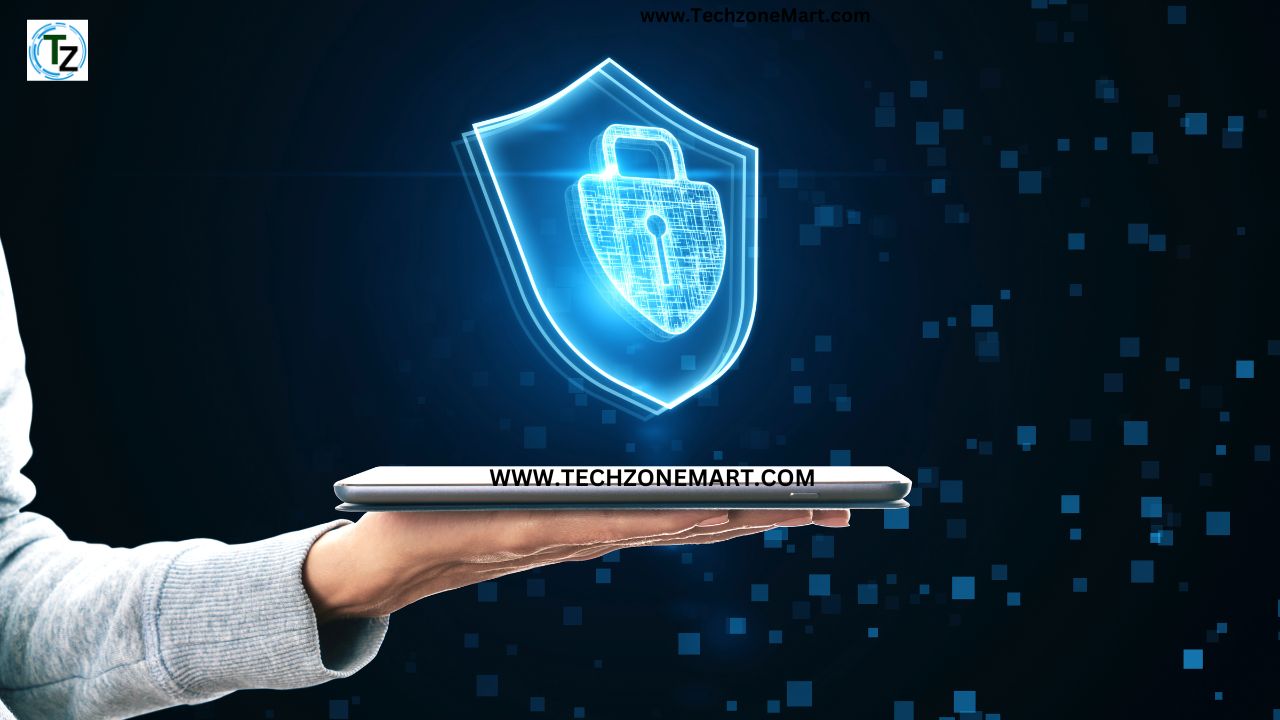Protect Your Digital World in 2024
In today’s digital age, cybersecurity plays a pivotal role in safeguarding our digital assets. But what exactly is cybersecurity? It’s the practice of defending computers, servers, mobile devices, electronic systems, networks, and data from malicious attacks.
What is cybersecurity?

Cybersecurity encompasses a range of technologies, processes, and practices designed to protect devices, networks, programs, and data from attack, damage, or unauthorized access.
Importance of Cybersecurity
The importance of cybersecurity cannot be overstated. With the increasing interconnectedness of devices and the rise of digital transactions, the potential risks and vulnerabilities have also grown exponentially.
Components of Cybersecurity
| 1 | Shielding Device |
| 2 | Importance of Protecting Devices |
| 3 | Common Threats to Devices |
1. Shielding Devices
Our devices are the gateways to our digital lives, making them prime targets for cybercriminals. Shielding devices involves implementing security measures to prevent unauthorized access, damage, or destruction.
2. Importance of Protecting Devices
Whether it’s a computer, smartphone, tablet, or IoT device, protecting our devices is crucial for maintaining the integrity of our digital infrastructure.
3. Common Threats to Devices
Viruses, malware, ransomware, phishing attacks, and physical theft are just some of the threats that devices face daily.
Best Practices for Device Security
Regular software updates, strong passwords, encryption, antivirus software, and secure browsing habits are among the best practices for enhancing device security.
Safeguarding Information
In the digital realm, information is power, and protecting sensitive data is paramount for preserving privacy and preventing unauthorized access.
Importance of Data Confidentiality
From personal information and financial data to intellectual property and trade secrets, safeguarding sensitive information is essential for maintaining trust and security.
Types of Sensitive Information
Sensitive information can include anything from passwords and social security numbers to medical records and proprietary business data.
Methods for Safeguarding Data
Encryption, access controls, data backups, and secure storage solutions are critical components of a robust data protection strategy.
Cybersecurity Jobs Defending Against Attacks

Despite our best efforts, cyberattacks are inevitable, which is why having effective defense mechanisms in place is crucial.
Understanding Cyber Threats
Cyber threats come in many forms, including viruses, worms, Trojans, spyware, adware, and zero-day exploits.
Types of Cyber Attacks
From DDoS attacks and phishing scams to insider threats and social engineering attacks, cybercriminals employ a variety of tactics to infiltrate systems and steal valuable information.
Strategies for Defending Against Attacks
Implementing firewalls, intrusion detection systems, endpoint security solutions, and employee training programs are just some of the strategies organizations can employ to mitigate the risk of cyber-attacks.
Building a Digital Fortress
In essence, cybersecurity is akin to building a fortress around your digital valuables, with multiple layers of defense to thwart potential invaders.
Analogies to Physical Security
Just as you wouldn’t leave your house unlocked or your car keys in the ignition, you shouldn’t neglect basic cybersecurity practices that can help prevent unauthorized access to your digital assets.
Importance of Combining Tools and Practices
There’s no one-size-fits-all solution when it comes to cybersecurity. Instead, it’s about combining various tools, technologies, and best practices to create a robust defense strategy tailored to your specific needs.
Creating Strong Security Measures
From antivirus software and firewalls to encryption and multi-factor authentication, investing in strong security measures is the key to protecting your digital fortress from cyber threats.
Conclusion
In conclusion, cybersecurity is not just a buzzword—it’s a critical aspect of modern-day life. By understanding the importance of cybersecurity and implementing proactive measures to protect our digital assets, we can safeguard ourselves and our organizations from the ever-evolving threat landscape of the digital age.
Click Here: Cyber Security Course
FAQs-
- What are some common cybersecurity myths? There are several common misconceptions about cybersecurity, such as “I’m not a target because I’m not a big corporation” or “Antivirus software is enough to protect me.” In reality, cybercriminals often target individuals and small businesses precisely because they perceive them as easier targets, and antivirus software is just one layer of defense against cyber threats.
- How can I improve my cybersecurity posture at home? Start by securing your Wi-Fi network with a strong password, keeping your devices and software updated, using a reputable antivirus program, enabling two-factor authentication whenever possible, and being cautious of suspicious emails or links.
- What should I do if I suspect I’ve been a victim of a cyber attack? If you believe you’ve been targeted by a cyber attack, immediately disconnect the affected device from the internet, change any compromised passwords, run a full antivirus scan, and report the incident to the appropriate authorities or IT support.
- Is cybersecurity only important for businesses? No, cybersecurity is important for everyone, regardless of whether you’re an individual, a small business owner, or a large corporation. Everyone who uses the internet and digital devices is susceptible to cyber threats.
- How often should I update my cybersecurity measures? It’s essential to stay proactive about cybersecurity by regularly updating your software, firmware, and security protocols. Aim to review and update your cybersecurity measures at least once every few months to ensure you’re adequately protected against emerging threats.

